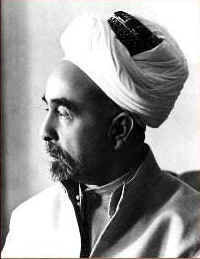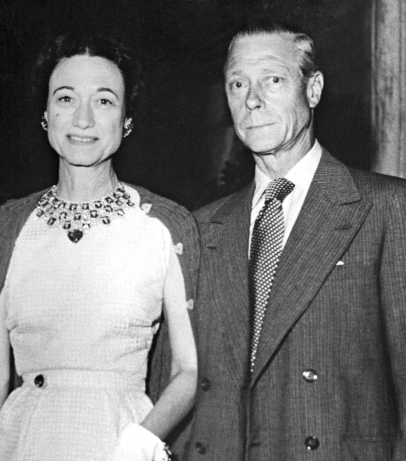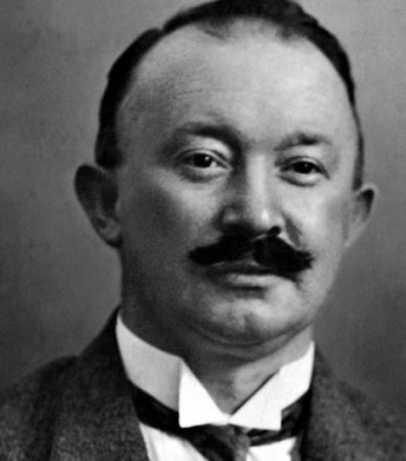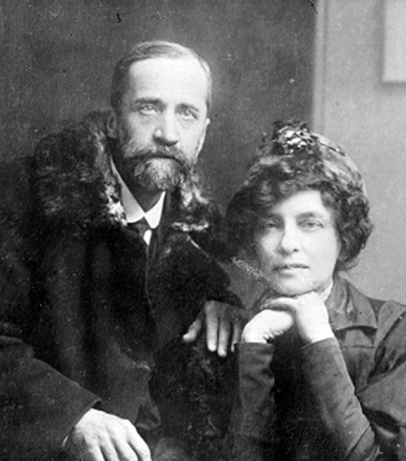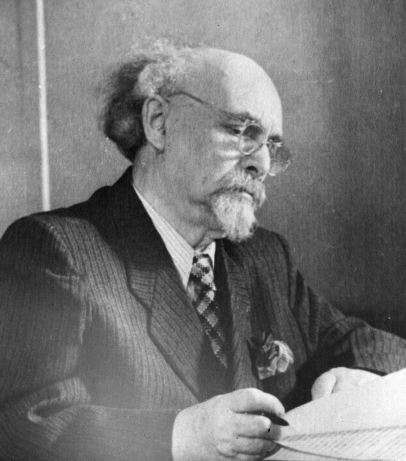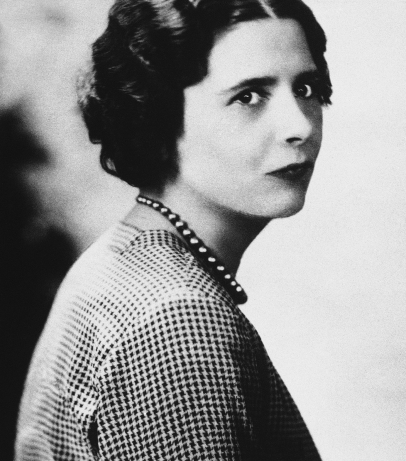On 25 May 1946, the Emirate of Transjordan gained independence from Britain in accordance with the Treaty of London of 22 March 1946. Abdullah bin Al-Hussein was crowned king on that day as Abdallah I. However, Britain continued to pay substantial subsidies for the upkeep of the territory.
Transjordan was a British protectorate created in April 1921 after the Cairo Conference in 1921 as a result of the secret Sykes-Picot Agreement between the British, French, and Russian governments. The agreement defined spheres of influence in the Middle East after World War I. The Hashemite dynasty ruled the protectorate, as well as neighbouring Mandatory Iraq. Officially, the territory was part of the British Mandate for Palestine. After 1946, the emirate became an independent state under the name of the Hashemite Kingdom of Transjordan, and it existed under that name until the formation of the Hashemite Kingdom of Jordan on 24 May 1950.
At the same time, Jews from Europe, who survived the Holocaust, were actively immigrating to Palestine. The Jewish population of Palestine at the time was estimated at up to 700,000 (exact figures are not available, as immigration often bypassed official procedures). In 1946, the preconditions for the future of the Arab-Israeli conflict, the main problem in the region after World War II, were taking shape. After the establishment of the state of Israel in 1948, Transjordan took part in the first Arab-Israeli War and managed to hold on to the right bank of the Jordan River, but lost it in the Six-Day War in 1967.
Source:
Dmitry Kuznetsov, “The Arab-Israeli Conflict: History and the Present. Sketch on the Events. Documents and Materials”, BSPU Publishing House: Blagoveshchensk, 2006.
